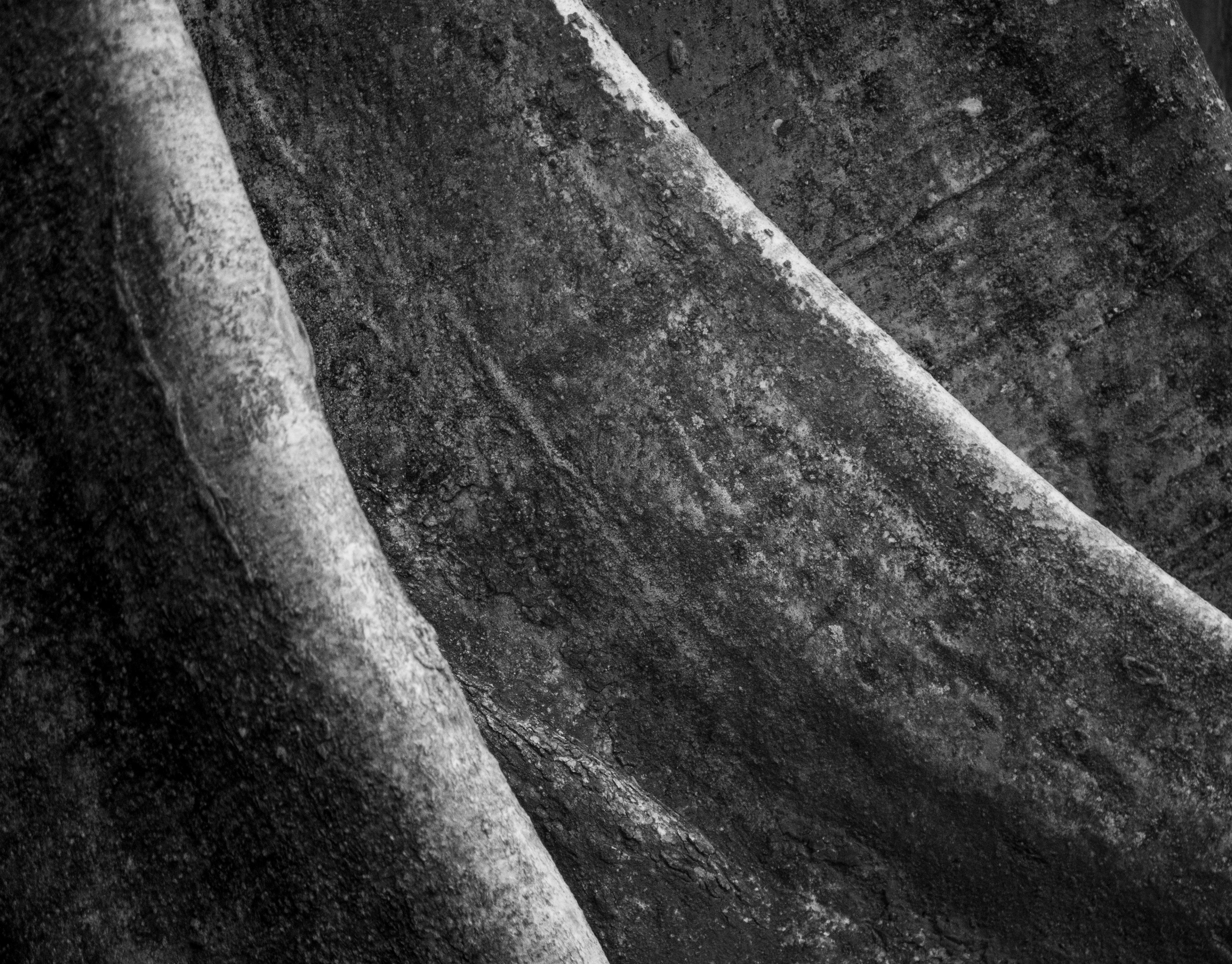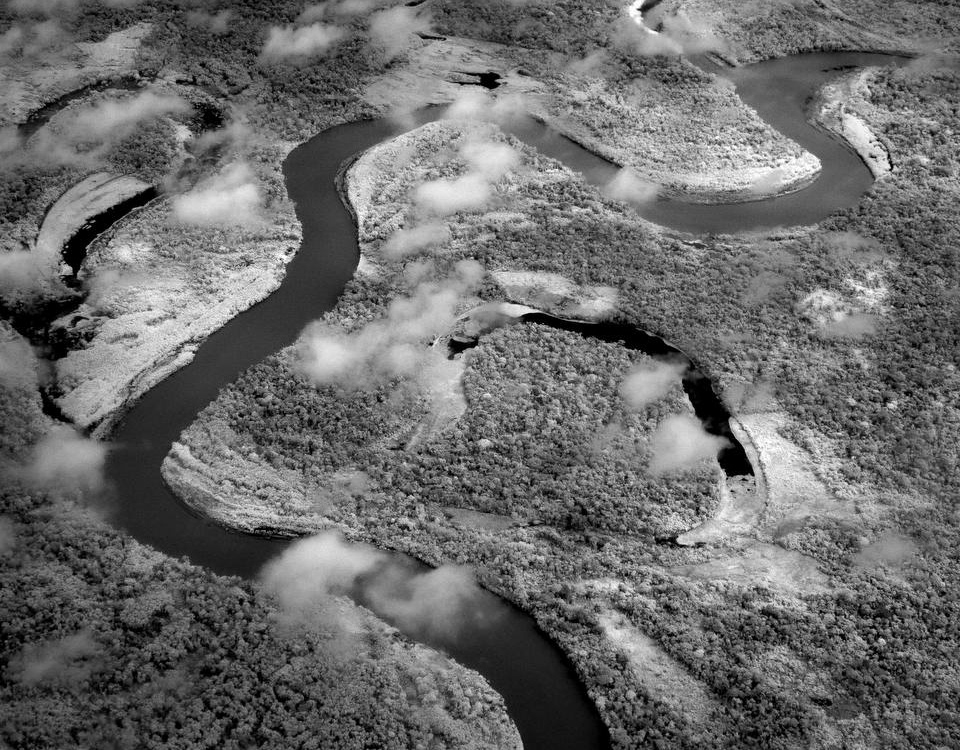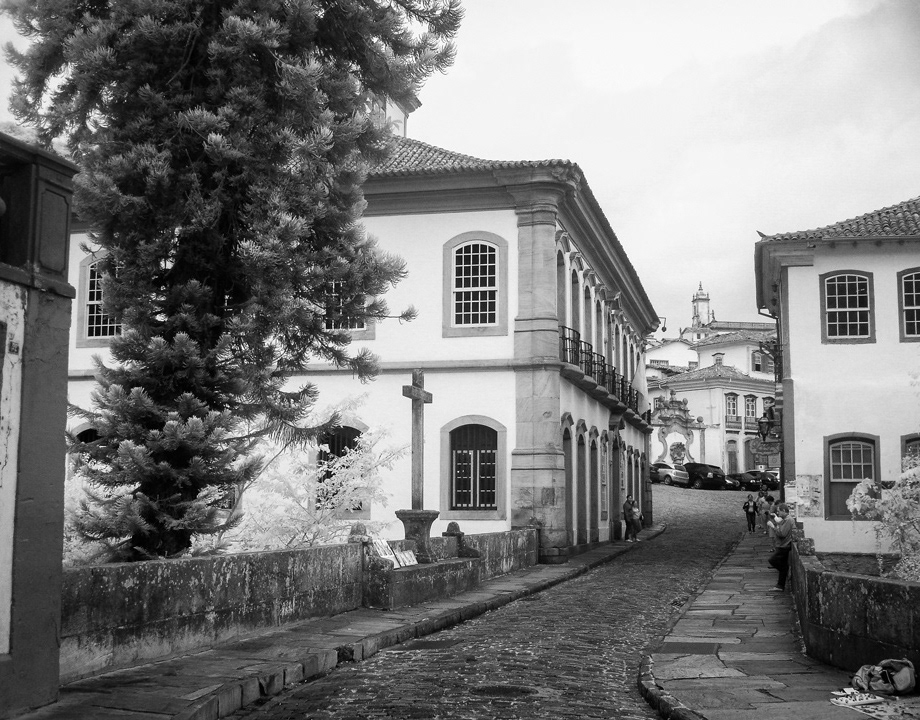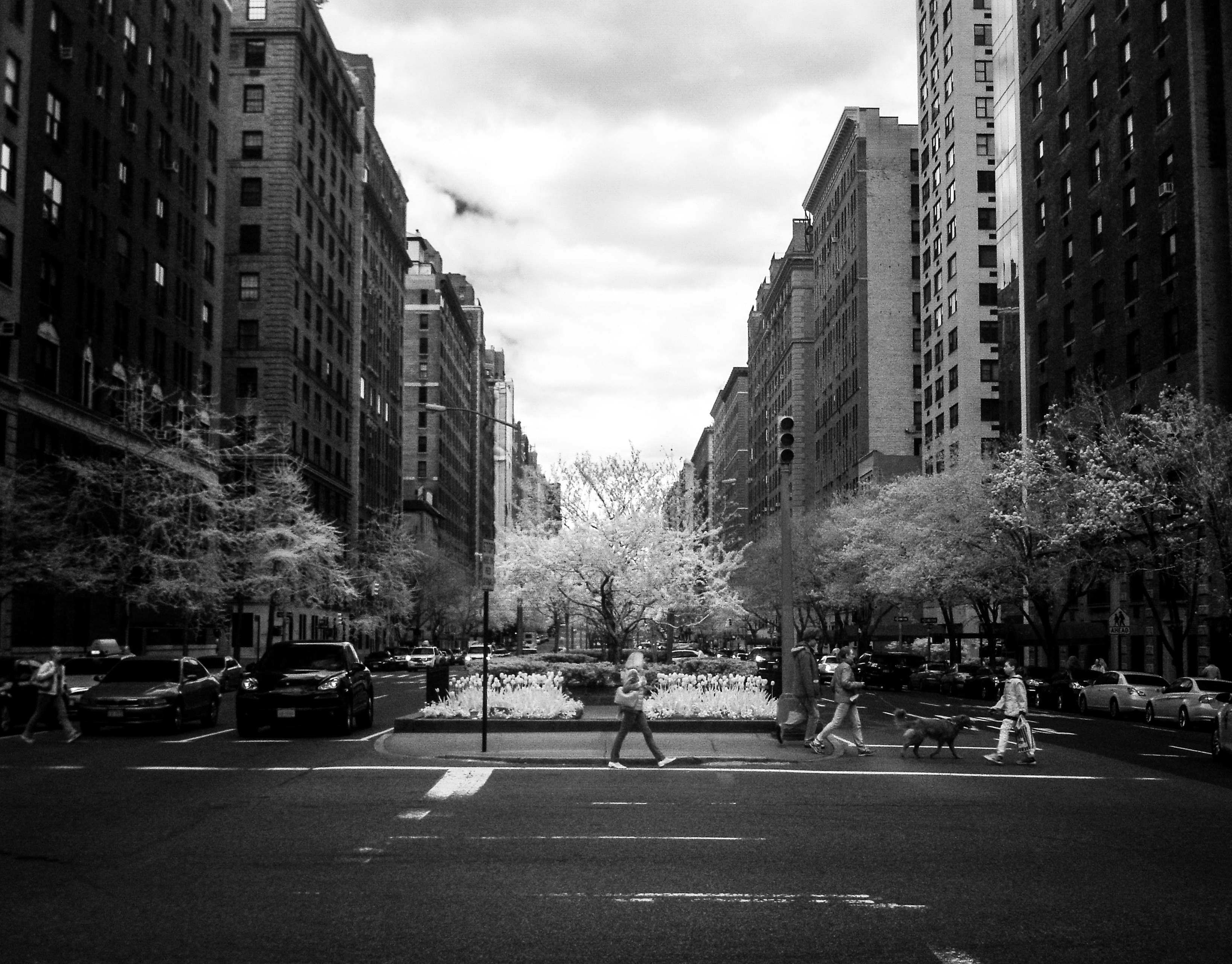Série de fotografias infravermelho produzida para duas reportagens do jornal Folha de S.Paulo. Em parceria com o repórter Rafael Garcia.

BR-173
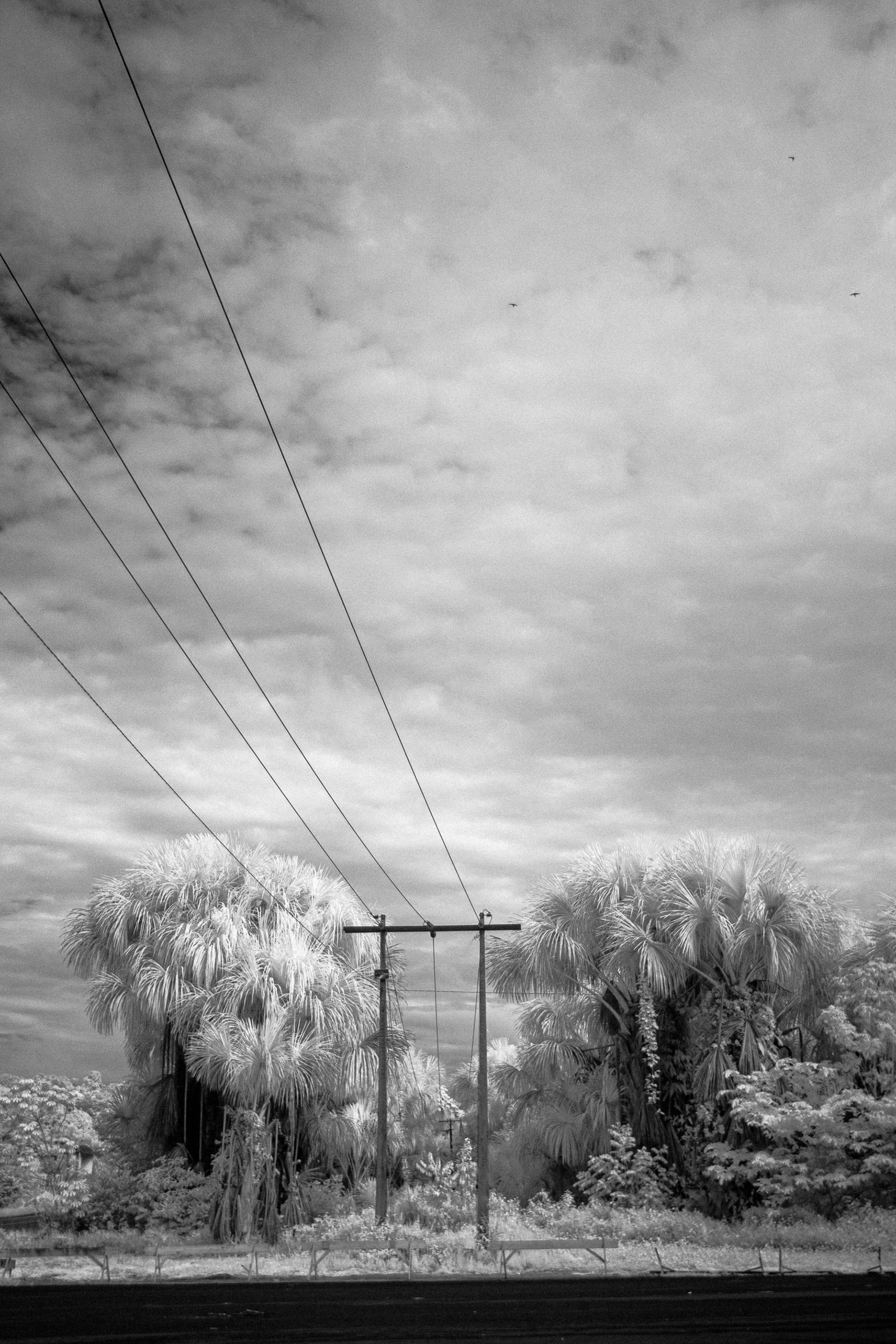
BR-173
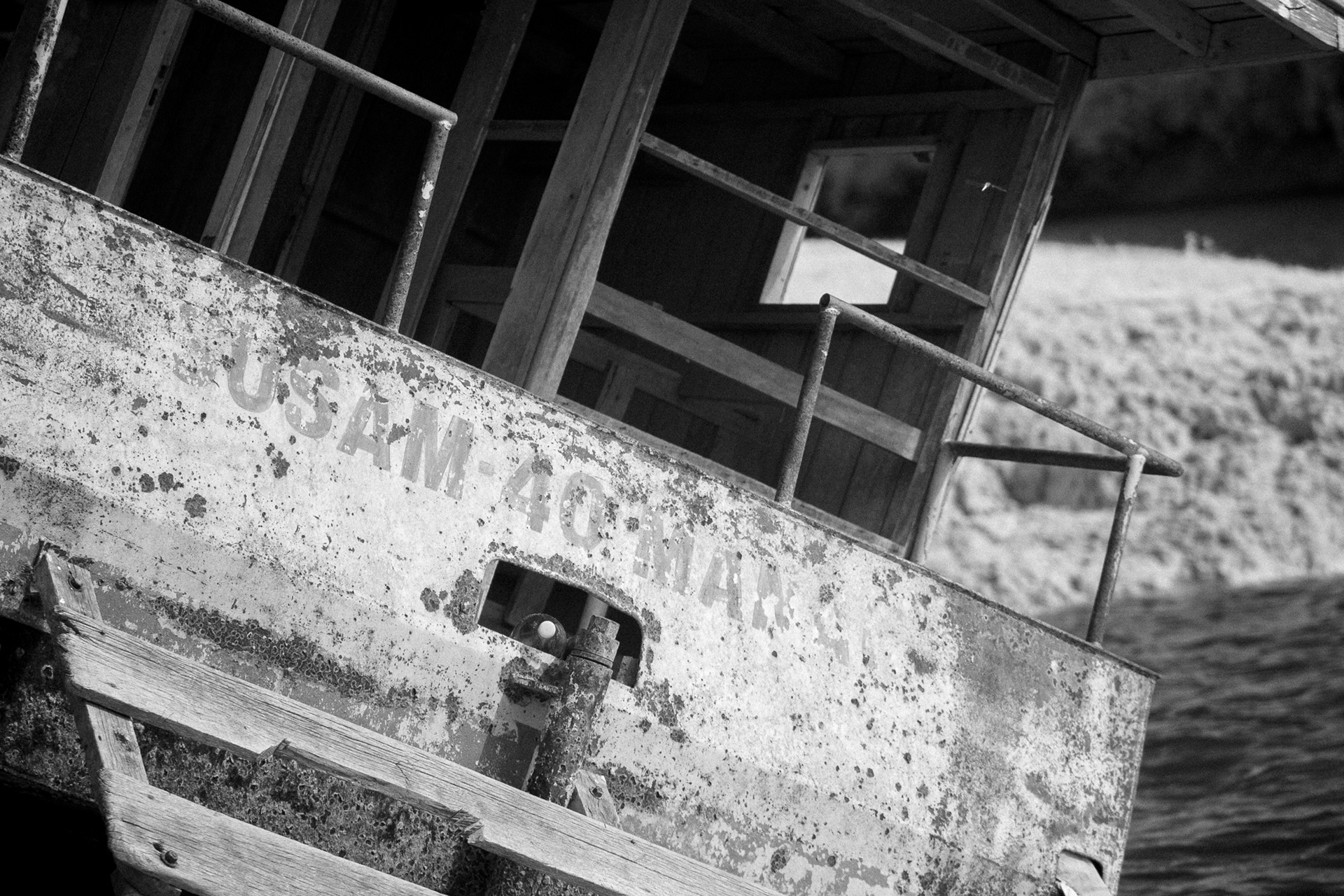
Rio Uatumã
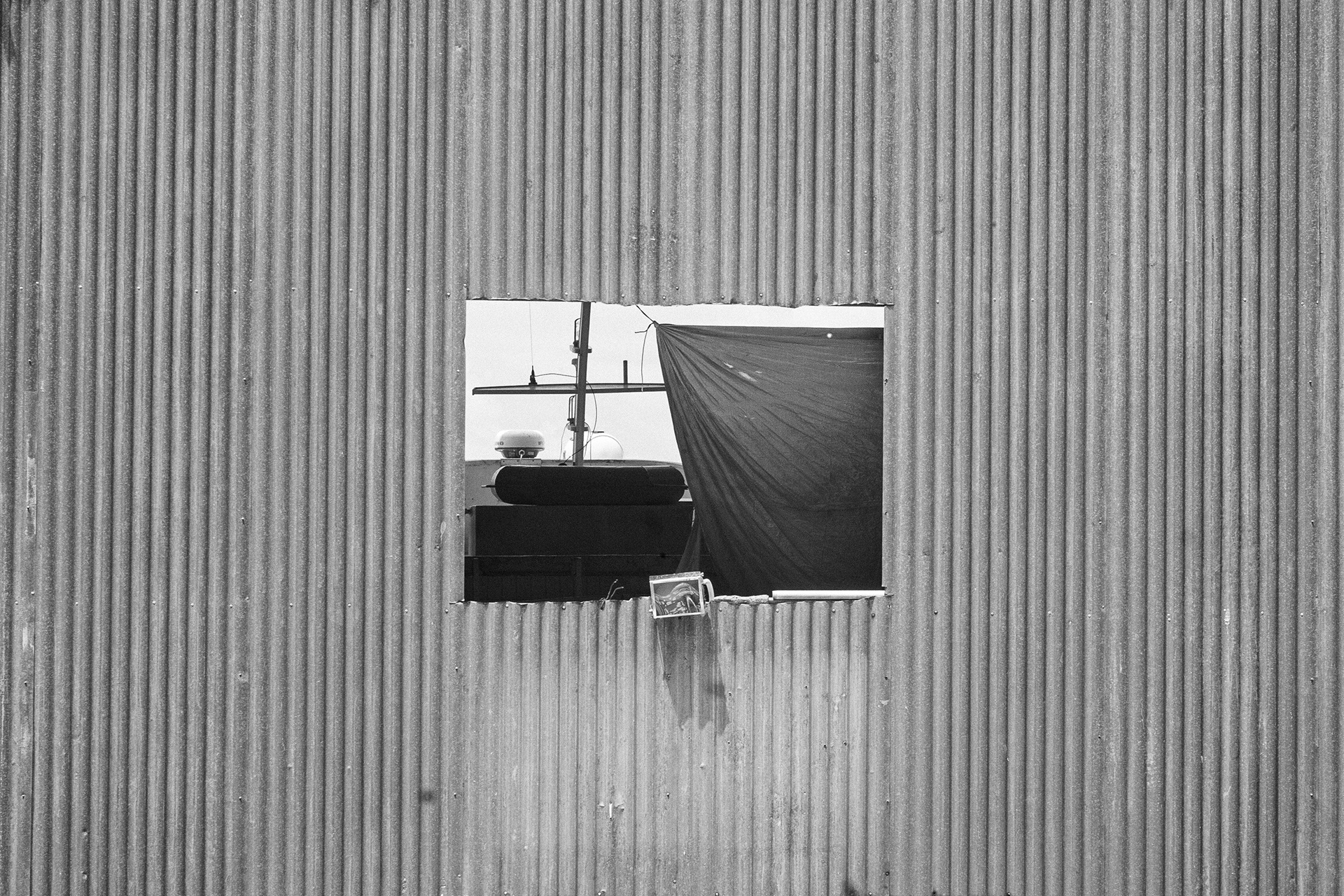
Rio Negro, Novo Airão
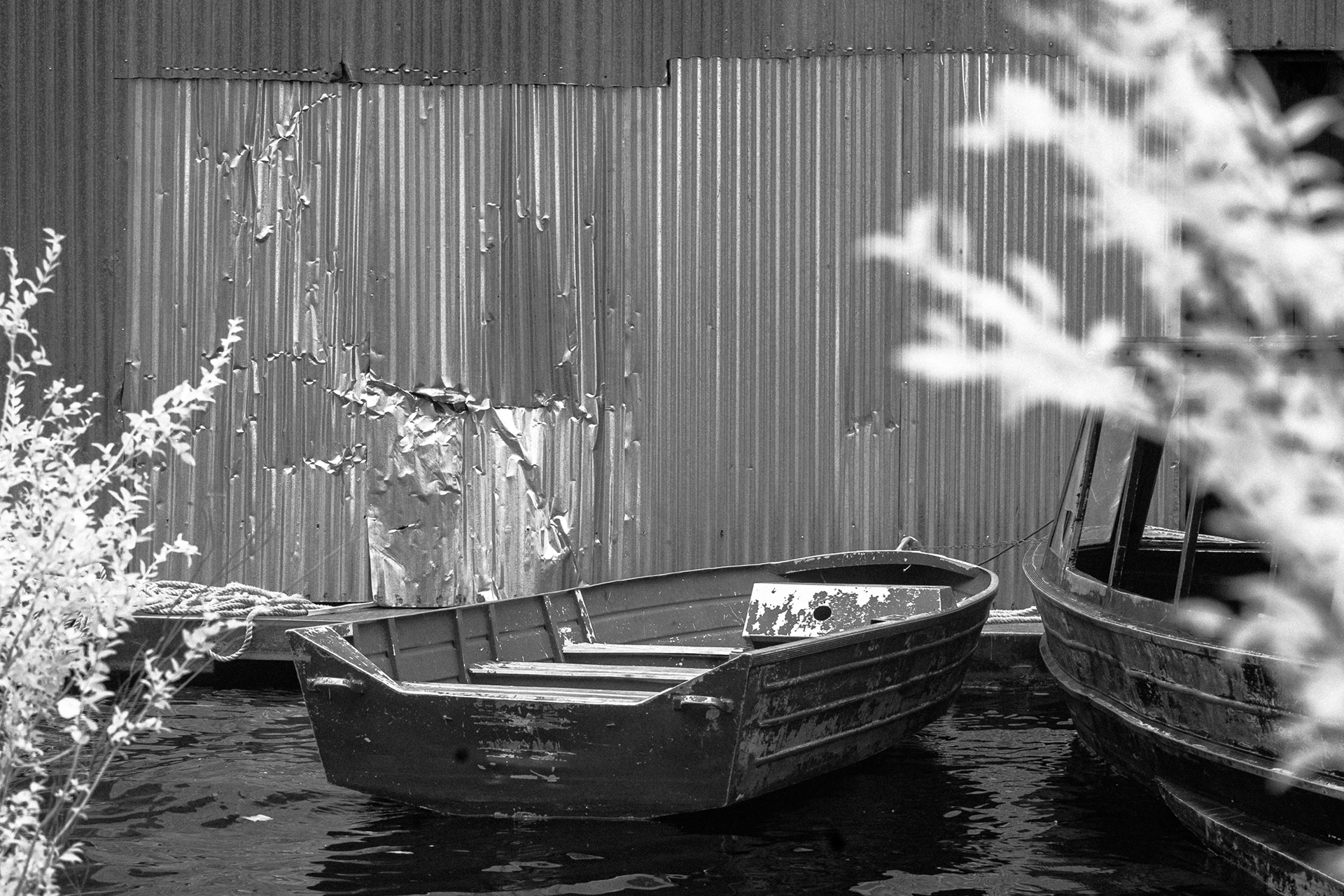
Rio Negro, Novo Airão

Rio Uatumã
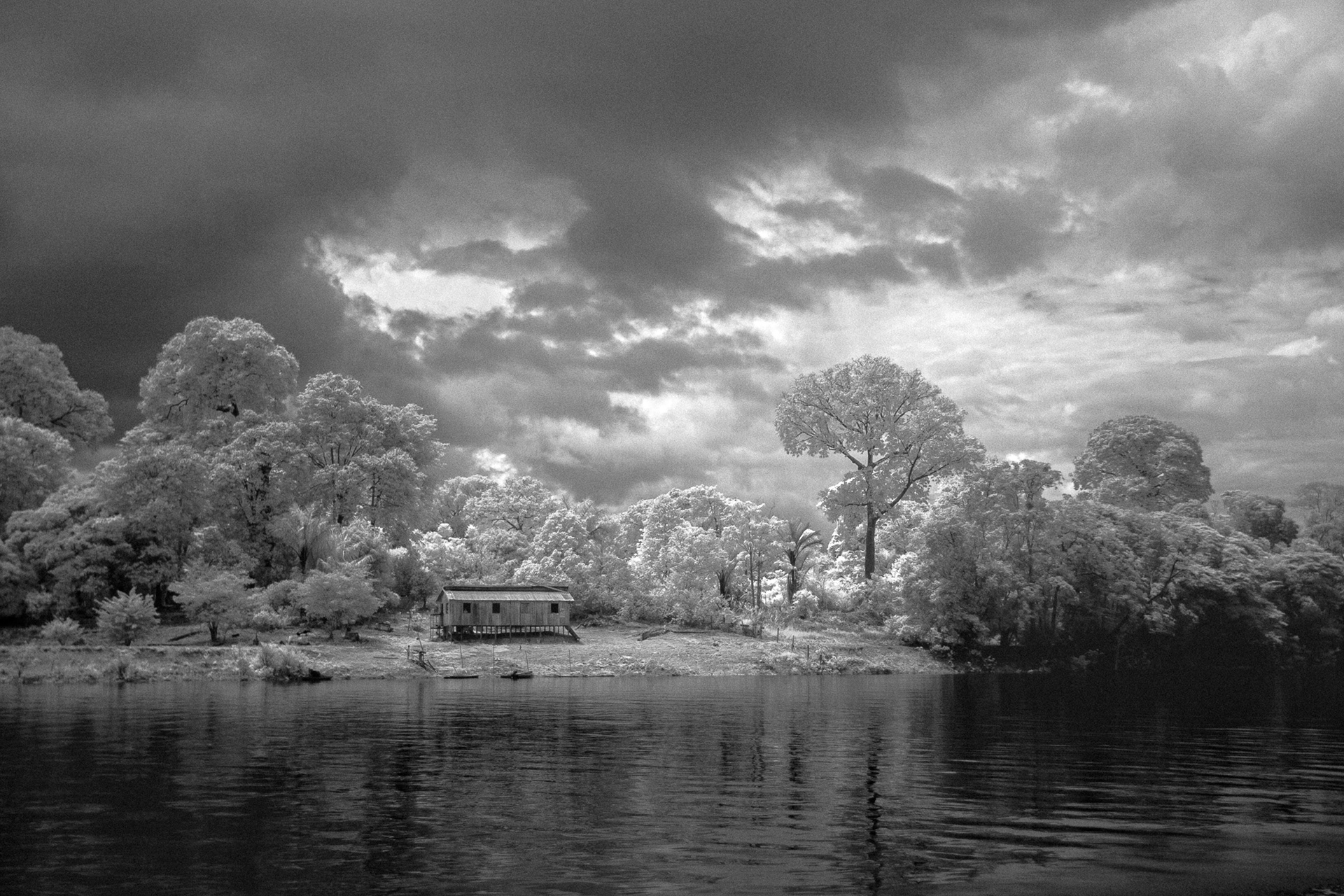
Ribeirinhos, rio Uatumã
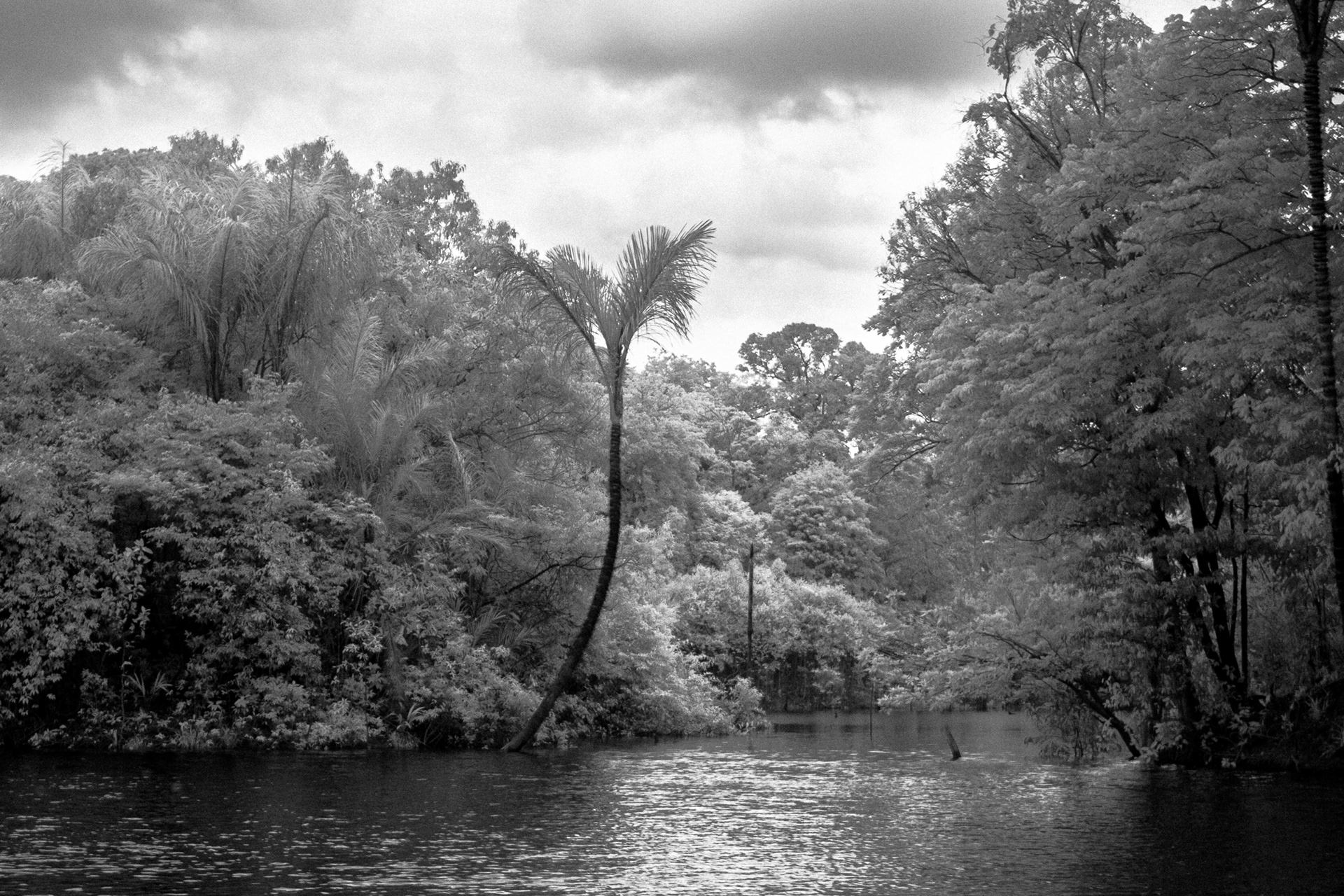
Rio Uatumã

Boto-cor-de-rosa, rio Negro
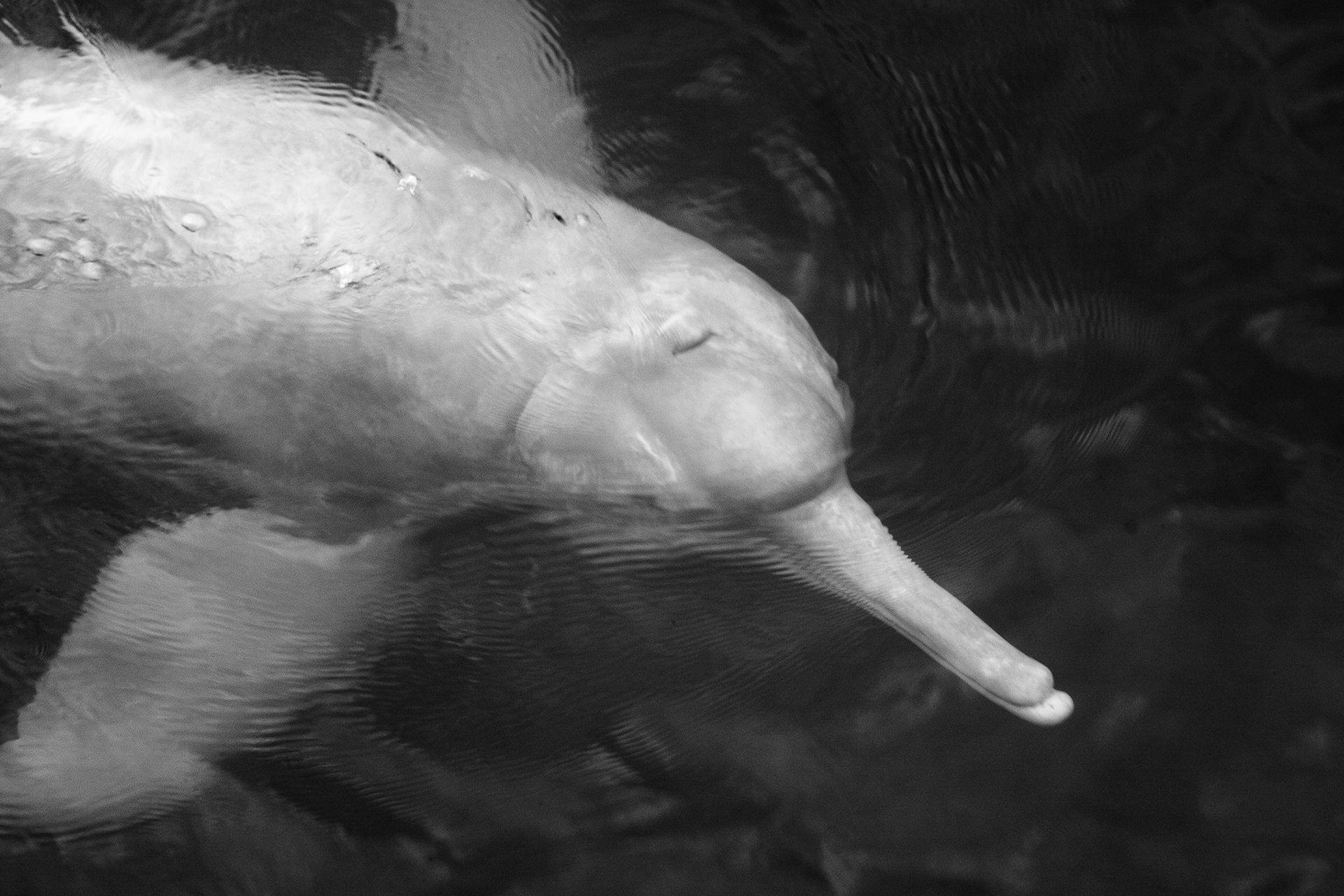
Boto-cor-de-rosa, rio Negro
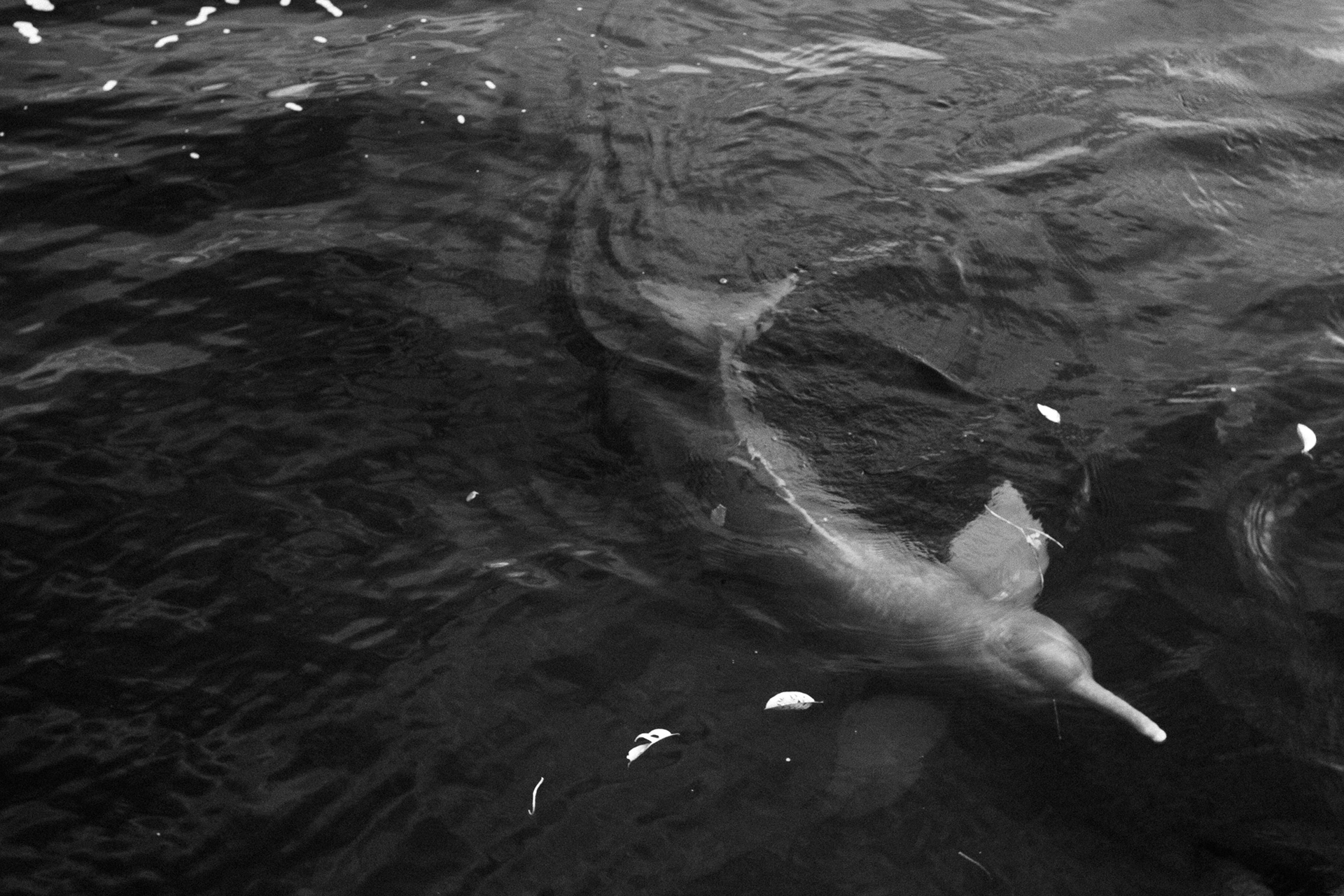
Boto-cor-de-rosa, rio Negro

Crucifixo, rio Uatumã

Árvore na margem do rio, rio Uatumã

Água sobre madeira, rio Negro
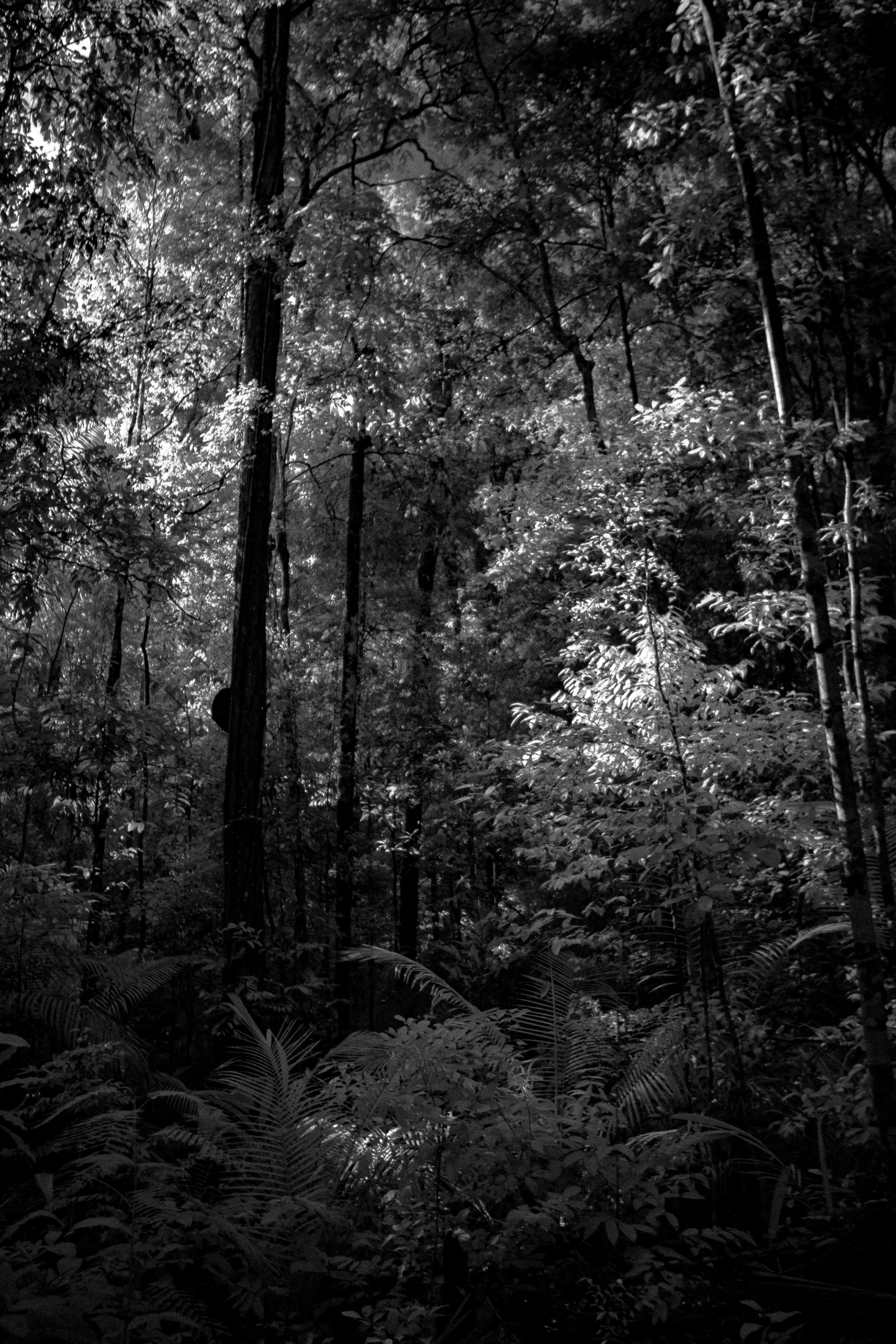
Mata fechada, São Sebastião do Uatumã
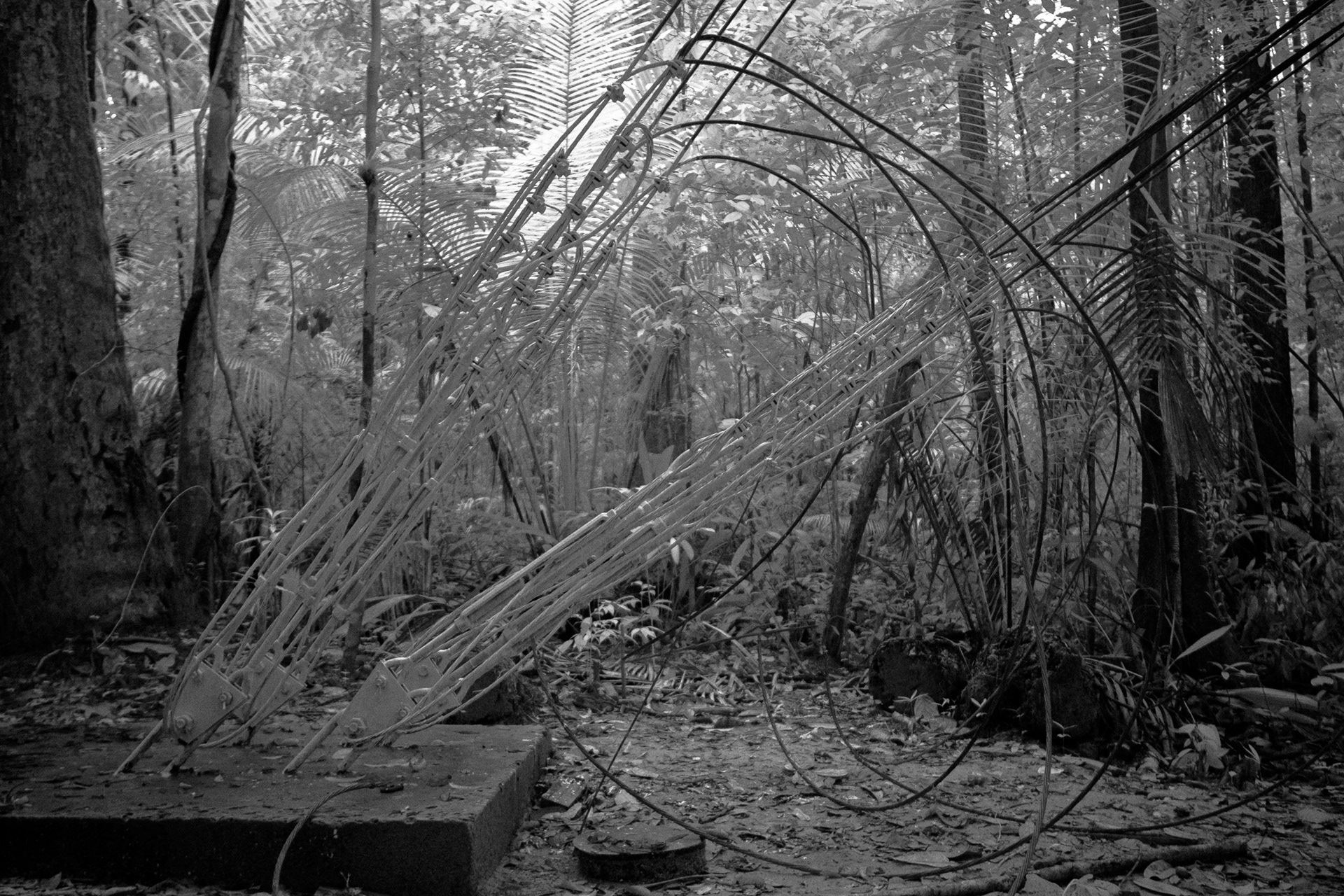
Estáios, São Sebastião do Uatumã
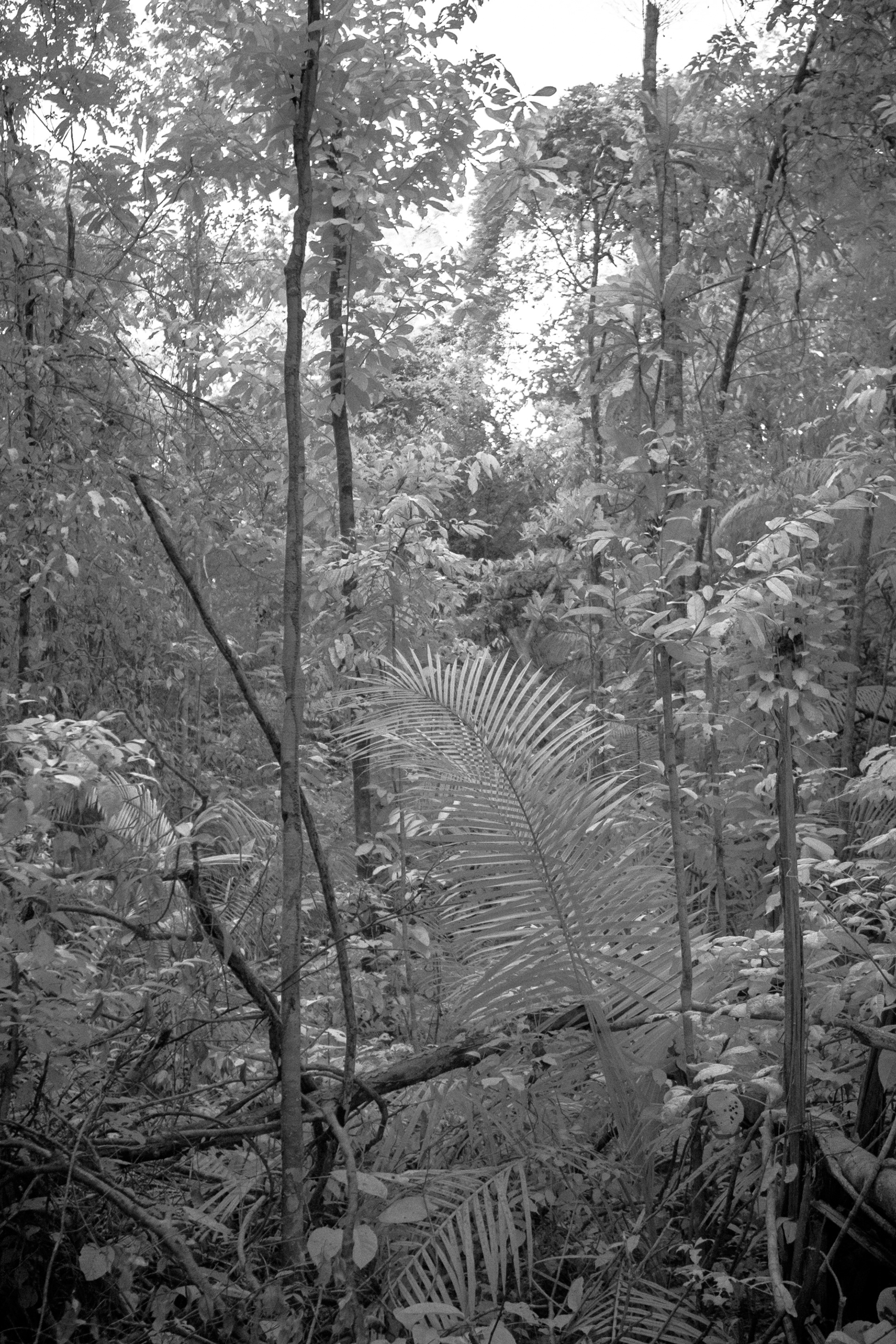
Árvore caída, São Sebastião do Uatumã

Torre ATTO, São Sebastião do Uatumã
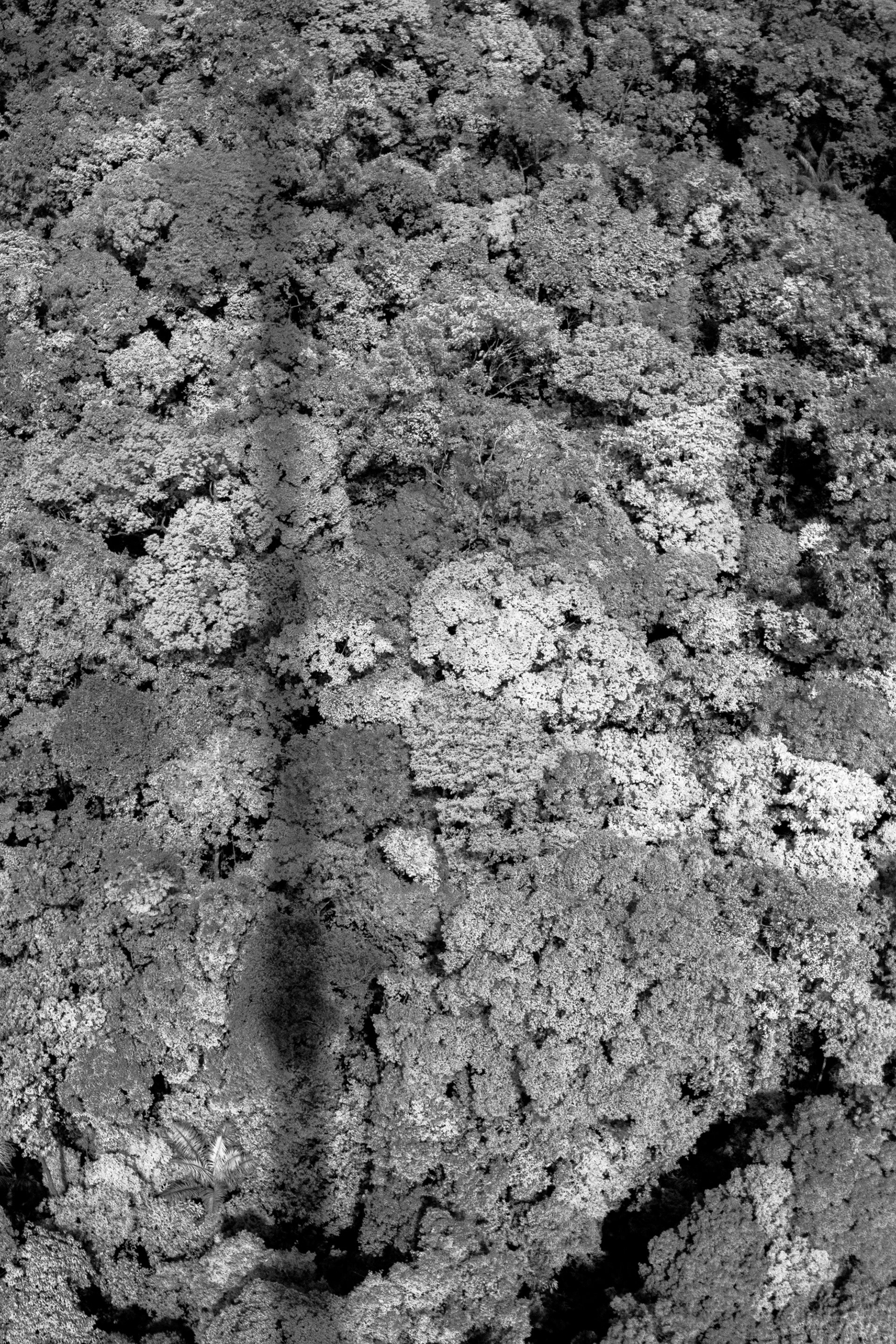
Sombra sobre a Amazônia, São Sebastião do Uatumã
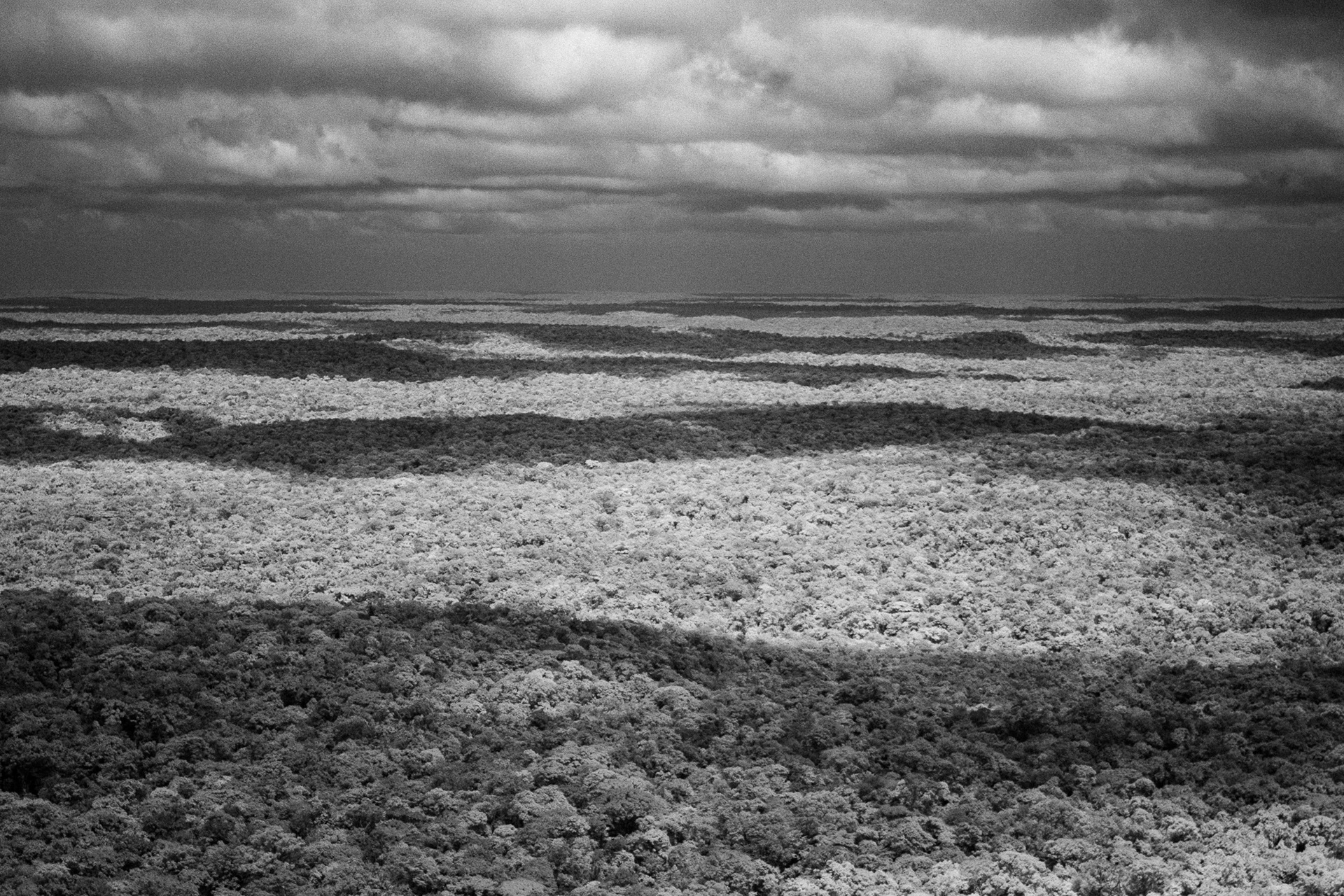
Nuvens sobre a Amazônia, São Sebastião do Uatumã
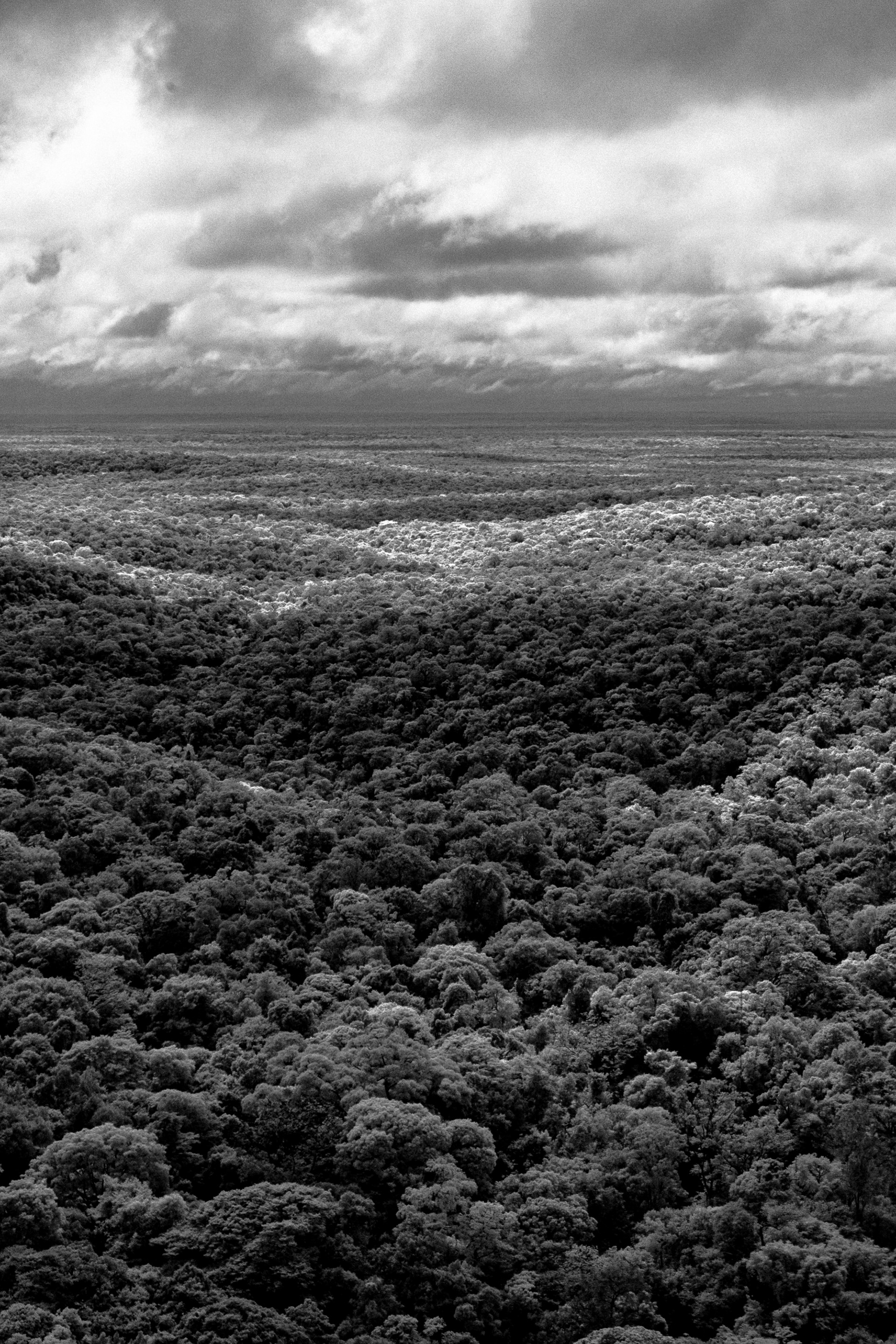
Vale, São Sebastião do Uatumã
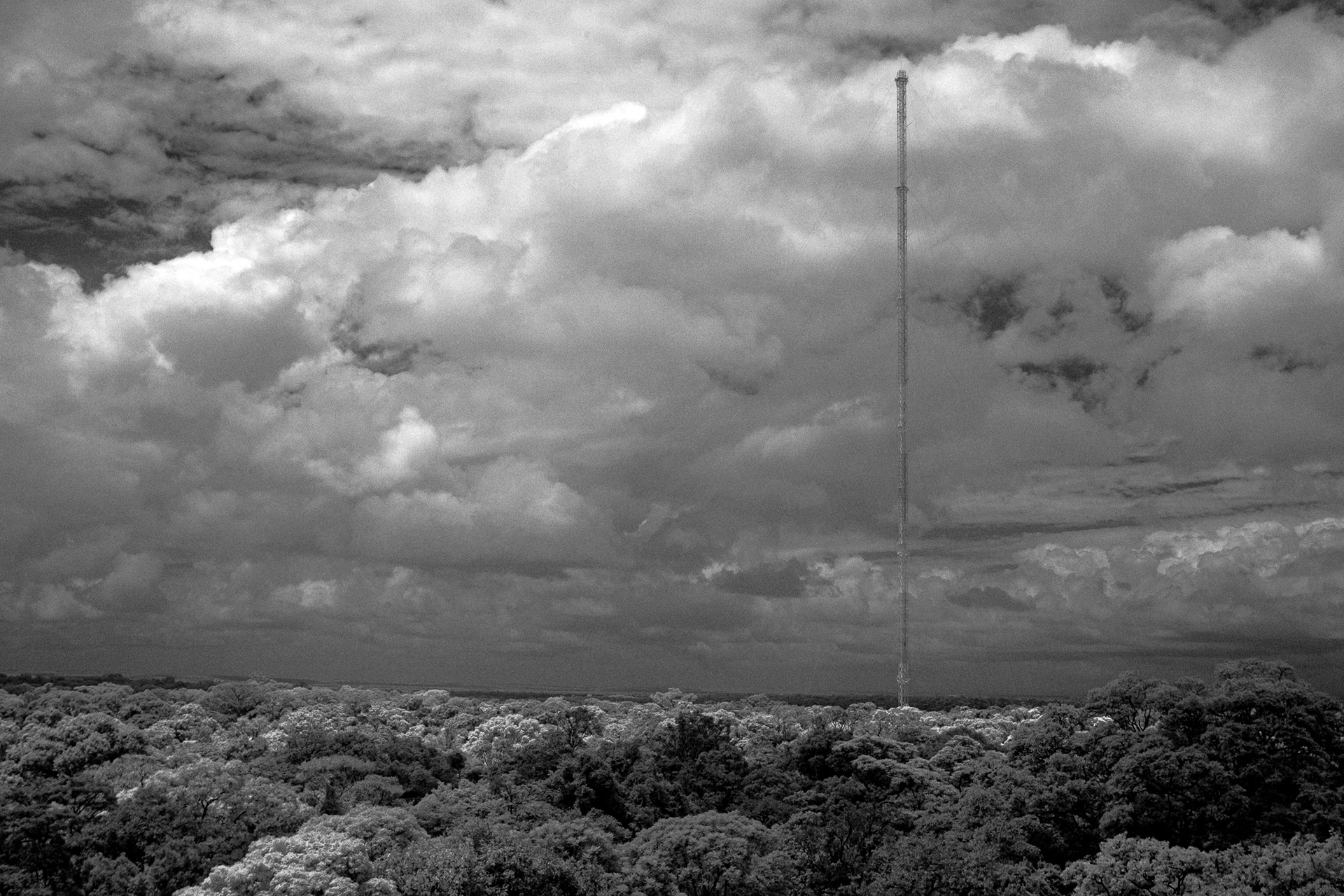
Torre ATTO, São Sebastião do Uatumã
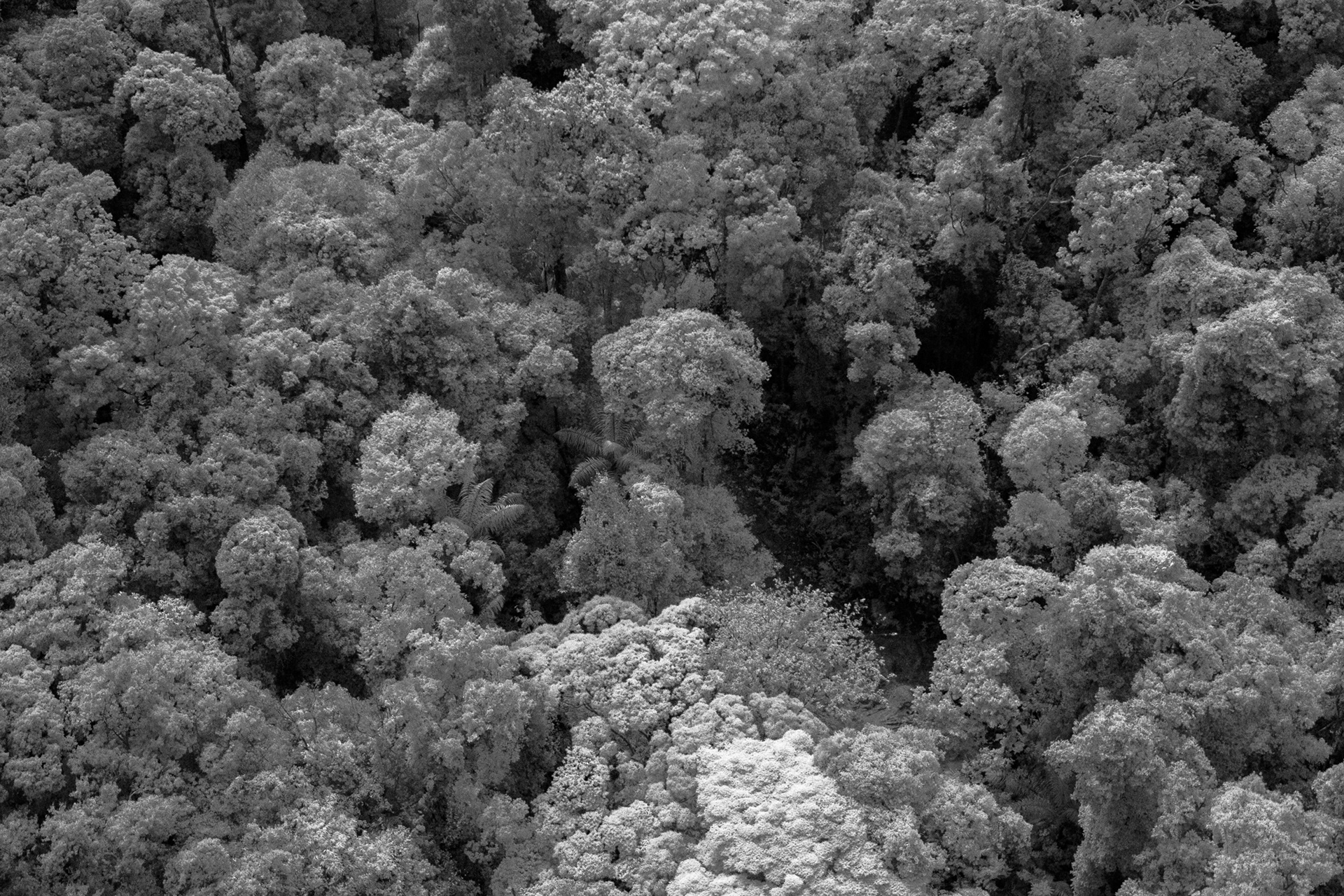
Pequena clareira, São Sebastião do Uatumã

Microcosmo amazônico, São Sebastião do Uatumã
SOLUÇÃO RADICAL PARA SALVAR BOTO INCOMODA PESCADORES NO AMAZONAS
por Rafael Garcia e Douglas Lambert
ENVIADOS ESPECIAIS A MANAUS (AM)
01/03/2015
A pesca de uma espécie que ganhava cada vez mais espaço nos frigoríficos do Amazonas –a piracatinga, um bagre carniceiro– está proibida desde o início do ano. A medida visa proteger o boto, golfinho de água doce cuja carne vinha sendo usada como isca, mas afeta famílias ribeirinhas.
A moratória de cinco anos na comercialização de piracatinga foi uma decisão conjunta dos ministérios de Pesca e do Meio Ambiente.
Estudos do Inpa (Instituto Nacional de Pesquisas da Amazônia), que acompanha botos na região de Mamirauá, apontam que a redução anual das populações chegava a 10% em algumas áreas. Assim, o animal poderia entrar em extinção rapidamente.
"Depois de nascer, o boto demora sete anos para entrar em maturidade sexual, só tem um filhote só por gestação, que dura onze meses; depois amamenta o filhote por dois anos e ainda cuida dele mais um", explica Vera Ferreira da Silva, pesquisadora do Inpa.
A necessidade de proibir a comercialização da piracatinga, afirma, é que o aumento na disponibilidade desse peixe estava diretamente ligada à caça ao boto para uso como isca. O uso do animal eximia os pescadores de comprar carne de boi para atrair o bagre.
Pescadores que dizem capturar a piracatinga sem usar carne de boto, porém, se sentem injustiçados.
"Trabalho há quase vinte anos com um açougue aqui, comprando banha de boi para pescar", diz Leonson Nóbrega, 60, da vila de Manacapuru, próxima a Manaus.
"Esse é o único peixe aqui que permite a um pobre viver, porque é um peixe de couro, dá o ano todo. O peixe de escama some em um período."
A Folha visitou Manacapuru, onde não se vê mais botos com facilidade, mas nenhum pescador na região diz ter usado o animal como isca. "Essa matação de boto foi gente rica que fez, sabe Deus lá onde", diz Nóbrega.
O MPF (Ministério Público Federal) reconhece o problema. "A moratória da piracatinga vai causar prejuízo econômico, e não se pode descartar que alguns justos venham a pagar pela maioria pecadora", afirma o procurador Rafael da Silva Rocha.
Segundo ele, porém, é responsabilidade das autoridades locais ajudar pescadores a substituírem o piracatinga.
Matusalém de Oliveira, dono de frigorífico em Manacapuru, diz que vai perder 20% do faturamento. "Caçar boto é proibido. Quem é pego com boto é que tem de ser punido."
Segundo o MPF, porém, fiscalizar a miríade de pequenos barcos que abastecem os frigoríficos é inviável, e o uso do boto não era o único problema causado pela piracatinga.
Por ser necrófago, esse bagre, conhecido na região como "urubu d'água", é pouco procurado em mercados locais, e a produção é vendida com outros nomes, como douradinha ou pirosca. "É propaganda ilegal", diz Rocha.
Estudos com carne do animal vendida na Colômbia –principal mercado consumidor– encontraram muitas amostras com nível de mercúrio acima do aceitável.
Pesquisadores do ICMBio (Instituto Chico Mendes de Biodiversidade) sugerem que em regiões onde a pesca da piracatinga ocorria existe potencial para uma atividade menos nociva como o turismo de observação de botos.
Segundo Marcelo Vidal, biólogo do ICMBio, o risco é que a alimentação artificial intoxique e faça os animais perderem instinto de caça. No rio Negro, porém, existe uma experiência positiva. Um antigo restaurante flutuante virou um ponto de observação –e não vende mais comida.
"Mas não podemos liberar um flutuante de interação com botos em cada rio da Amazônia", diz Vidal. "Dar uma alternativa para a piracatinga vai ser um desafio."
por Rafael Garcia e Douglas Lambert
ENVIADOS ESPECIAIS A MANAUS (AM)
01/03/2015
A pesca de uma espécie que ganhava cada vez mais espaço nos frigoríficos do Amazonas –a piracatinga, um bagre carniceiro– está proibida desde o início do ano. A medida visa proteger o boto, golfinho de água doce cuja carne vinha sendo usada como isca, mas afeta famílias ribeirinhas.
A moratória de cinco anos na comercialização de piracatinga foi uma decisão conjunta dos ministérios de Pesca e do Meio Ambiente.
Estudos do Inpa (Instituto Nacional de Pesquisas da Amazônia), que acompanha botos na região de Mamirauá, apontam que a redução anual das populações chegava a 10% em algumas áreas. Assim, o animal poderia entrar em extinção rapidamente.
"Depois de nascer, o boto demora sete anos para entrar em maturidade sexual, só tem um filhote só por gestação, que dura onze meses; depois amamenta o filhote por dois anos e ainda cuida dele mais um", explica Vera Ferreira da Silva, pesquisadora do Inpa.
A necessidade de proibir a comercialização da piracatinga, afirma, é que o aumento na disponibilidade desse peixe estava diretamente ligada à caça ao boto para uso como isca. O uso do animal eximia os pescadores de comprar carne de boi para atrair o bagre.
Pescadores que dizem capturar a piracatinga sem usar carne de boto, porém, se sentem injustiçados.
"Trabalho há quase vinte anos com um açougue aqui, comprando banha de boi para pescar", diz Leonson Nóbrega, 60, da vila de Manacapuru, próxima a Manaus.
"Esse é o único peixe aqui que permite a um pobre viver, porque é um peixe de couro, dá o ano todo. O peixe de escama some em um período."
A Folha visitou Manacapuru, onde não se vê mais botos com facilidade, mas nenhum pescador na região diz ter usado o animal como isca. "Essa matação de boto foi gente rica que fez, sabe Deus lá onde", diz Nóbrega.
O MPF (Ministério Público Federal) reconhece o problema. "A moratória da piracatinga vai causar prejuízo econômico, e não se pode descartar que alguns justos venham a pagar pela maioria pecadora", afirma o procurador Rafael da Silva Rocha.
Segundo ele, porém, é responsabilidade das autoridades locais ajudar pescadores a substituírem o piracatinga.
Matusalém de Oliveira, dono de frigorífico em Manacapuru, diz que vai perder 20% do faturamento. "Caçar boto é proibido. Quem é pego com boto é que tem de ser punido."
Segundo o MPF, porém, fiscalizar a miríade de pequenos barcos que abastecem os frigoríficos é inviável, e o uso do boto não era o único problema causado pela piracatinga.
Por ser necrófago, esse bagre, conhecido na região como "urubu d'água", é pouco procurado em mercados locais, e a produção é vendida com outros nomes, como douradinha ou pirosca. "É propaganda ilegal", diz Rocha.
Estudos com carne do animal vendida na Colômbia –principal mercado consumidor– encontraram muitas amostras com nível de mercúrio acima do aceitável.
Pesquisadores do ICMBio (Instituto Chico Mendes de Biodiversidade) sugerem que em regiões onde a pesca da piracatinga ocorria existe potencial para uma atividade menos nociva como o turismo de observação de botos.
Segundo Marcelo Vidal, biólogo do ICMBio, o risco é que a alimentação artificial intoxique e faça os animais perderem instinto de caça. No rio Negro, porém, existe uma experiência positiva. Um antigo restaurante flutuante virou um ponto de observação –e não vende mais comida.
"Mas não podemos liberar um flutuante de interação com botos em cada rio da Amazônia", diz Vidal. "Dar uma alternativa para a piracatinga vai ser um desafio."
CIENTISTAS CONSTROEM TORRE MAIOR DO QUE A EIFFEL NO MEIO DA AMAZÔNIA
por Rafael Garcia e Douglas Lambert
ENVIADOS ESPECIAIS A UATUMÃ (AM)
02/03/2015
A mais alta estrutura construída na América do Sul não é um arranha-céu e não é uma antena de comunicação.
Com 325 metros –um a mais que a torre Eiffel–, ficou pronta em janeiro no meio da floresta amazônica a torre do projeto ATTO (Amazon Tall Tower Observatory), em São Sebastião do Uatumã (AM), que servirá para estudar a interação entre a mata e o clima.
A torre é basicamente um espigão preso por cabos, instalados numa área 156 km ao norte de Manaus, sem nenhum centro urbano perto. De lá, seguindo para o norte, até o Atlântico, só existe mata.
A torre terá instrumentos em diferentes alturas para medir a concentração de gás carbônico, metano, óxido nitroso, ozônio e outros gases, além de estudar o fluxo de vapor d'água e de aerossóis (partículas sólidas e líquidas em suspensão), importantes na formação de nuvens.
Com instrumentos para medir força e direção do vento, os cientistas também buscam entender o papel da floresta no transporte de grandes massas de ar pela América do Sul.
Estimado em R$ 20 milhões, o projeto foi 50% bancado por verbas federais da Finep (Financiadora de Estudos e Projetos) captadas pelo Inpa (Instituto Nacional de pesquisas da Amazônia).
A outra metade veio da Alemanha, pelo MPIC (Instituto Max Planck de Química). A Universidade Estadual do Amazonas (UEA) abriu a estrada do rio Uatumã até o sítio do projeto. O traçado de 13 km já existia, aberto há três décadas por exploradores ilegais de pau-rosa (madeira usada na fabricação de perfume), mas foi preciso restaurá-lo, a um custo de R$ 1,8 milhão.
A logística de construir o ATTO não foi simples. A torre foi feita pela San Engenharia, de Curitiba, e segmentos de seis metros de altura foram transportados de caminhão e balsa do Paraná até a floresta, por 4.000 km.
Uma vez lá, a torre foi montada no chão e depois foi içada.
"No começo foi difícil içar a torre com guincho, porque queimou muito motor", diz o técnico Mário Haracemko. "O desafio maior foi por os cabos dos estaios [sustentação], porque não podíamos derrubar nenhuma árvore. Só podar ramos para passar os cabos."
TAPETE VERDE
A reportagem da Folha subiu os 108 lances de escada que levam ao topo da torre. O elevador não estava disponível. No alto, a vista da floresta se estende até o horizonte em todas as direções, e o rio Uatumã é a única coisa que se vê além do tapete verde separando a terra do céu. A 325 metros de altura, as árvores maiores, de 45 metros, parecem ramos de brócolis.
Mas não é só pela vista que os cientistas decidiram investir na torre. O LBA (Experimento de Grande Escala da Biosfera e Atmosfera na Amazônia, na sigla em inglês), projeto do qual o ATTO faz parte, discutia a necessidade de uma estrutura assim desde o fim da década de 1980. Em 2007, os alemães chegaram com a proposta.
"O LBA possui outras torres, com alturas entre 50 m e 80 m, que são capazes de monitorar fenômenos de interação entre floresta e atmosfera num raio de 10 km", diz o físico Paulo Artaxo, da USP, que ajudou a articular o projeto. "O ATTO será capaz de fazer isso num raio de 1.000 km."
Esse incremento permitirá agora dados representativos da Amazônia inteira, que tem 3.000 km de leste a oeste.
A torre foi inaugurada em fevereiro ainda sem instrumentos. A Folha presenciou a instalação do único dispositivo elétrico ligado até agora: uma lâmpada de segurança no topo para alertar aviões. Ao longo deste ano, serão instalados os aparelhos científicos.
"Queremos colocar a torre para funcionar uns 30 anos, no mínimo, e acompanhar os impactos da mudança climática na floresta", diz Antônio Manzi, pesquisador do Inpa.
O alemão Christopher Pöhlker, do MPIC, que opera uma torre secundária do ATTO, de 80 metros, lembra que "num lugar assim, sempre há coisas que dão errado". Ele é um dos responsáveis por ter "ideias criativas para consertá-las".
Coisas inesperadas são, por exemplo, quedas de árvores. Uma já destruiu um transformador de energia. Mais raramente, há encontros com animais. "Um dia desses tivemos uma onça na nossa frente."
por Rafael Garcia e Douglas Lambert
ENVIADOS ESPECIAIS A UATUMÃ (AM)
02/03/2015
A mais alta estrutura construída na América do Sul não é um arranha-céu e não é uma antena de comunicação.
Com 325 metros –um a mais que a torre Eiffel–, ficou pronta em janeiro no meio da floresta amazônica a torre do projeto ATTO (Amazon Tall Tower Observatory), em São Sebastião do Uatumã (AM), que servirá para estudar a interação entre a mata e o clima.
A torre é basicamente um espigão preso por cabos, instalados numa área 156 km ao norte de Manaus, sem nenhum centro urbano perto. De lá, seguindo para o norte, até o Atlântico, só existe mata.
A torre terá instrumentos em diferentes alturas para medir a concentração de gás carbônico, metano, óxido nitroso, ozônio e outros gases, além de estudar o fluxo de vapor d'água e de aerossóis (partículas sólidas e líquidas em suspensão), importantes na formação de nuvens.
Com instrumentos para medir força e direção do vento, os cientistas também buscam entender o papel da floresta no transporte de grandes massas de ar pela América do Sul.
Estimado em R$ 20 milhões, o projeto foi 50% bancado por verbas federais da Finep (Financiadora de Estudos e Projetos) captadas pelo Inpa (Instituto Nacional de pesquisas da Amazônia).
A outra metade veio da Alemanha, pelo MPIC (Instituto Max Planck de Química). A Universidade Estadual do Amazonas (UEA) abriu a estrada do rio Uatumã até o sítio do projeto. O traçado de 13 km já existia, aberto há três décadas por exploradores ilegais de pau-rosa (madeira usada na fabricação de perfume), mas foi preciso restaurá-lo, a um custo de R$ 1,8 milhão.
A logística de construir o ATTO não foi simples. A torre foi feita pela San Engenharia, de Curitiba, e segmentos de seis metros de altura foram transportados de caminhão e balsa do Paraná até a floresta, por 4.000 km.
Uma vez lá, a torre foi montada no chão e depois foi içada.
"No começo foi difícil içar a torre com guincho, porque queimou muito motor", diz o técnico Mário Haracemko. "O desafio maior foi por os cabos dos estaios [sustentação], porque não podíamos derrubar nenhuma árvore. Só podar ramos para passar os cabos."
TAPETE VERDE
A reportagem da Folha subiu os 108 lances de escada que levam ao topo da torre. O elevador não estava disponível. No alto, a vista da floresta se estende até o horizonte em todas as direções, e o rio Uatumã é a única coisa que se vê além do tapete verde separando a terra do céu. A 325 metros de altura, as árvores maiores, de 45 metros, parecem ramos de brócolis.
Mas não é só pela vista que os cientistas decidiram investir na torre. O LBA (Experimento de Grande Escala da Biosfera e Atmosfera na Amazônia, na sigla em inglês), projeto do qual o ATTO faz parte, discutia a necessidade de uma estrutura assim desde o fim da década de 1980. Em 2007, os alemães chegaram com a proposta.
"O LBA possui outras torres, com alturas entre 50 m e 80 m, que são capazes de monitorar fenômenos de interação entre floresta e atmosfera num raio de 10 km", diz o físico Paulo Artaxo, da USP, que ajudou a articular o projeto. "O ATTO será capaz de fazer isso num raio de 1.000 km."
Esse incremento permitirá agora dados representativos da Amazônia inteira, que tem 3.000 km de leste a oeste.
A torre foi inaugurada em fevereiro ainda sem instrumentos. A Folha presenciou a instalação do único dispositivo elétrico ligado até agora: uma lâmpada de segurança no topo para alertar aviões. Ao longo deste ano, serão instalados os aparelhos científicos.
"Queremos colocar a torre para funcionar uns 30 anos, no mínimo, e acompanhar os impactos da mudança climática na floresta", diz Antônio Manzi, pesquisador do Inpa.
O alemão Christopher Pöhlker, do MPIC, que opera uma torre secundária do ATTO, de 80 metros, lembra que "num lugar assim, sempre há coisas que dão errado". Ele é um dos responsáveis por ter "ideias criativas para consertá-las".
Coisas inesperadas são, por exemplo, quedas de árvores. Uma já destruiu um transformador de energia. Mais raramente, há encontros com animais. "Um dia desses tivemos uma onça na nossa frente."

